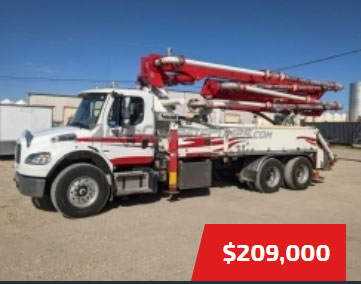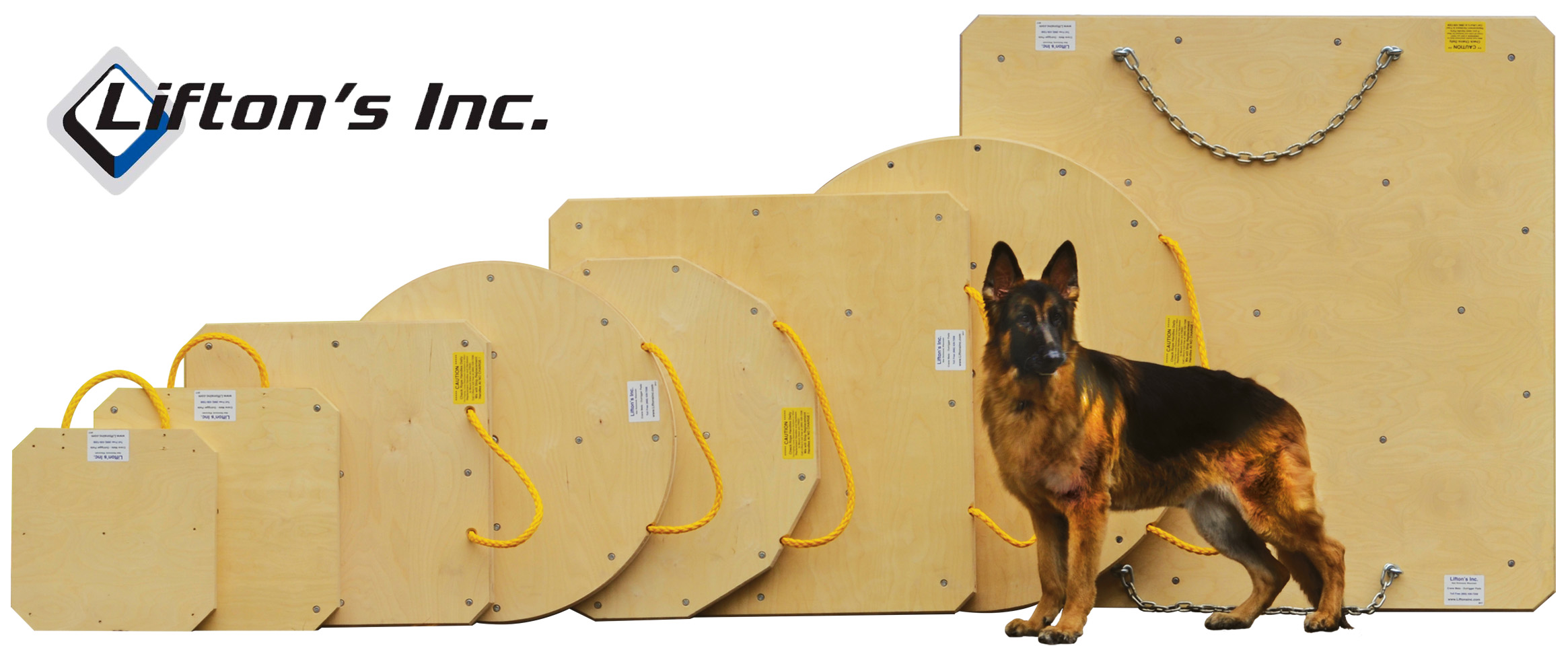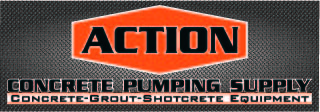| Gluum | 02-02-2011 | comment profile send pm notify |
|
I want to buy concrete pump truck on all the chassis except MACK. For example, Mercedes, Volvo, Scania etc. So waiting for any help from you. Thanks. |
||
| nzpump | 02-02-2011 | reply profile send pm notify |
|
There are many used pump dealers in Germany and Holland. I know that you guys import used right hand drive pumps from Japan as well. If you like I can send you details. |
||
| Todd | 02-02-2011 | reply profile send pm notify |
|
http://www.usedconcretepumps.com/ Please go to used concrete Pumps web site, these guys sell all over the world and can help you find sellers if they dont have anything. |
||
| SUPERDOFFER | 02-02-2011 | reply profile send pm notify |
|
Todd he said all chassis except Mack. |
||
| Todd | 02-02-2011 | reply profile send pm notify |
|
lol i know. Here is one http://www.usedconcretepumps.com/2001-Eliot-Versa-Placer,name,275,auction_id,auction_details Not all that much I know. |
||
| bigstick | 02-02-2011 | reply profile send pm notify |
|
I ran a little 32 meter Schwing on a Freightliner for about a year. Electric windows, quiet ride, and superior air conditioner vs. Mack. And no F@#$%^G clutch fan!!!!!! |
||
| Todd | 02-02-2011 | reply profile send pm notify |
|
why cant mack build a nice truck, I wish they would just go away. |
||
| N.D.Fuccillo | 02-02-2011 | reply profile send pm notify |
|
|
||
| Trey | 02-03-2011 | reply profile send pm notify |
|
I've never had a problem with my Mack, but I'm a simple type of guy. But I have heard Great things about Volvo's and Mercedes. There is a video on Youtube on how they test Volvo that was very interesting, they put them through hell, and they come right back! |
||
| Trey | 02-03-2011 | reply profile send pm notify |
|
http://www.youtube.com/watch?v=QzWjoBvrehw |
||
| SUPERDOFFER | 02-03-2011 | reply profile send pm notify |
| Many | 02-04-2011 | reply profile send pm notify |
|
Loved that video,good looking truck. |
||
| nzpump | 02-04-2011 | reply profile send pm notify |
|
Why can the Mack cab not be like that one, its the same company. |
||
| Vasa | 02-04-2011 | reply profile send pm notify |
|
My new one will be on a VOLVO FMX.
|
||
| pumpjockey | 02-04-2011 | reply profile send pm notify |
|
nzpump - EXACTLY!! I'm sure that the cab could be retro-fitted, and keep the Mack chassis. But by the looks of the FMX, I'd want the whole package!! |
||
| SUPERDOFFER | 02-07-2011 | reply profile send pm notify |
|
That is the bennefit of the choice of a wide range of trucks for your pump. It keep the the truck bilders sharp. |
||




















.jpg)
.gif)

.jpg)









.jpg)








